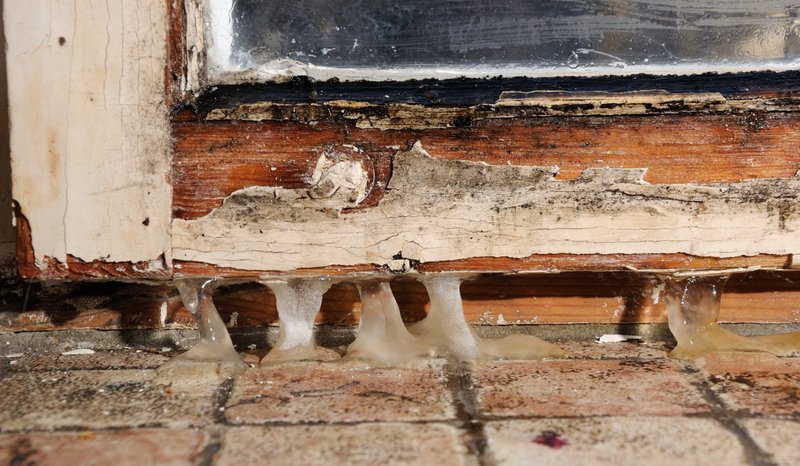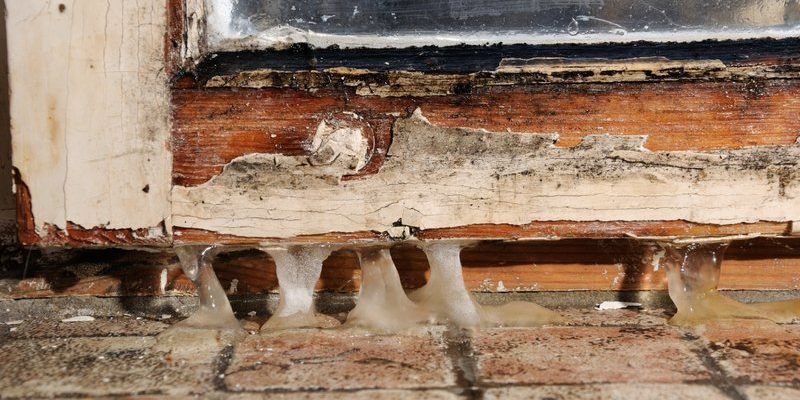
When we talk about humidity, we’re really discussing the amount of moisture in the air. High humidity can lead to all sorts of issues for your interior door hardware. From wooden doors swelling to metal hinges rusting, understanding this relationship is crucial for maintaining your home. Think of your doors and hardware as part of a delicate orchestra. If one instrument is off, the whole melody can sound a little strange. Let’s dive deeper into how humidity affects these critical components of your home.
How Humidity Affects Wooden Interior Doors
Wooden doors are popular for their aesthetic appeal, but they have a natural reaction to humidity. When the air is humid, wood absorbs moisture and can swell. This swelling might make your once-smooth door stick or become hard to open and close. On the flip side, when humidity drops, wood can dry out and shrink, leading to gaps or cracks.
Here’s the thing: if your wooden door fits snugly in the frame, high humidity can create frustrating issues with functionality. You might find yourself giving that door a good push just to get it to budge! To help mitigate these problems, consider using preventative measures like applying a sealant to the door’s surface. This can help protect against moisture absorption and keep your door operating smoothly.
Additionally, maintaining a consistent level of humidity in your home can also be beneficial. Aim for a level between 30% and 50%. Using a humidifier in dry months or a dehumidifier during wet seasons can help maintain the door’s integrity.
Impacts on Metal Door Hardware
Just like wood, metal door hardware can also be greatly impacted by humidity. High moisture levels can lead to rust and corrosion, especially if your hardware is not made from stainless steel or corrosion-resistant materials. This can be particularly concerning for hinges, locks, and handles, which are crucial for the security and functionality of your doors.
Imagine rusting hinges as an athlete that can no longer perform at their best due to wear and tear. Not only does rust affect the strength of the hardware, but it can also make it difficult to operate. Squeaky, stiff doors can become a common nuisance. Want to keep your door hardware in top shape? Regularly lubricate hinges and locks to reduce friction and prevent rust buildup. A little maintenance goes a long way!
Also, consider the long-term investment in quality hardware. Investing in higher-quality materials may save you from frequent replacements and repairs down the line, especially in regions with high humidity.
Signs of Humidity Damage in Doors
You might be wondering how to tell if your doors or hardware have suffered from humidity. Here are some telltale signs to look for:
- Swelling: Doors may become hard to open or close.
- Creaking Sounds: Noticeable noise when moving the door can indicate sticking.
- Cracks or Splits: Visible damage, especially in wood, is a sign of moisture-related issues.
- Rust: Check for flaking or discoloration on metal parts.
When you spot these signs, it’s essential to address them quickly. Ignoring small issues can lead to larger problems down the road. For instance, a sticking door could get damaged in your attempts to force it open, leading to costly repairs.
How to Maintain Your Interior Door Hardware
Regular maintenance is key to protecting your interior door hardware from the impacts of humidity. Here’s a simple checklist to keep in mind:
1. Regular Cleaning: Wipe down metal hardware to remove dust and moisture.
2. Lubricate Hinges: Use a silicone spray or graphite lubricant to keep hinges moving smoothly.
3. Inspect for Damage: Check for signs of wear and tear at least twice a year.
4. Adjust Humidity Levels: Use dehumidifiers or humidifiers as needed to keep humidity within the recommended range.
By staying proactive, you can ensure that your doors and hardware last longer and function better. Honestly, a little effort goes a long way in maintaining your home’s appeal and safety.
The Role of Climate in Humidity and Door Hardware
Your geographical location can have a big impact on humidity levels and, consequently, how your door hardware performs. In coastal areas, for instance, humidity levels are often higher due to proximity to water. This means wooden doors may swell more frequently, and metal hardware is at a higher risk for rusting.
In contrast, if you live in a dry climate, the fluctuations in humidity could lead to wood shrinking and cracking. Understanding your local climate can help you take the right precautions. Simple solutions can include using moisture-absorbing packets or specially designed door hardware that resists environmental conditions.
Choosing the Right Materials for Humidity-Prone Areas
If you live in an area where humidity is a constant concern, selecting the right materials is crucial. For wooden doors, look for options made of hardwood or engineered wood, as they typically resist swelling better than softwoods.
For metal hardware, consider investing in stainless steel or brass treated for corrosion resistance. These materials are less likely to rust or deteriorate and can provide a more extended service life.
Keep in mind that aesthetics should not compromise functionality. Choosing the right materials will help your doors look good while also performing well.
Understanding the impact of humidity on interior door hardware is essential for maintaining your home’s functionality and aesthetics. Just like you wouldn’t want to wear a heavy coat in summer, your doors and hardware also require the right conditions to perform at their best. By being aware of the effects of humidity and taking proactive steps, you can ensure that your doors remain smooth and safe.
So next time you hear that creak or feel a sticky knob, remember: humidity might be the culprit, and with a little attention, you can keep everything working harmoniously. Just think of your doors and hardware as part of your home’s ecosystem—maintaining balance is the key.
